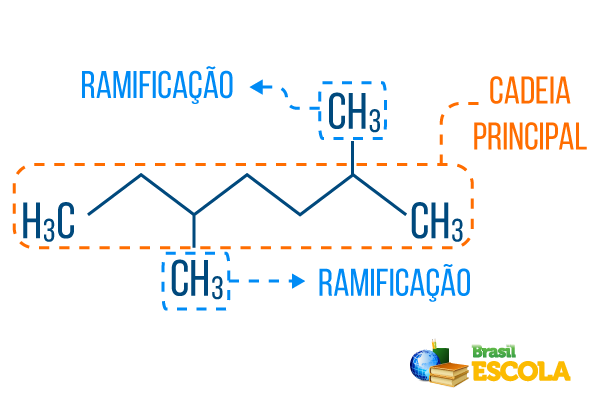This subject is not the most hygienic, but it is interesting to know about the composition of the wax that forms naturally inside our ears. Starting with the anatomy of our hearing aid, which is made up of a curved tube that runs from the eardrum to the outside of the head. This part is equivalent to the external ear canal, but that is not where our study material is found.
Following the anatomy, we have the inner part of the ear, a closed canal with few hairs and that has sebaceous (ceruminous) glands, these are responsible for the production of cerumen, the popular wax of heard.
In fact, what appears to be an impurity produced by our body is nothing more than a protection to prevent dirt particles from entering our hearing aids.
Do not stop now... There's more after the advertising ;)
Wax is composed of a mixture of keratin (pieces of skin) and long-chain fatty acids (saturated and unsaturated). Now, if you've ever ventured to try this substance, you might have noticed a bitter taste, arg! This is because fatty acids are present and when they react with atmospheric air, they oxidize; hence the rancid taste.
Some people have a habit of sanitizing their ears using flexible cotton swabs (swabs), but here's a warning: only use them to sanitize the external part of the canal, a deeper contact can be harmful, since the wax has the function of protecting, when removing it you will be exposing your ears.
By Líria Alves
Graduated in Chemistry
Would you like to reference this text in a school or academic work? Look:
SOUZA, Líria Alves de. "Ear Wax Composition"; Brazil School. Available in: https://brasilescola.uol.com.br/quimica/composicao-cera-ouvido.htm. Accessed on June 28, 2021.
health at school

Learn a little more about ear infections, a disease that mainly affects children. In this text, we will talk about what is otitis, what causes this disease, we will explain about otitis media and external and we will mention the main symptoms of this problem. In addition, we will talk about their forms of treatment.


